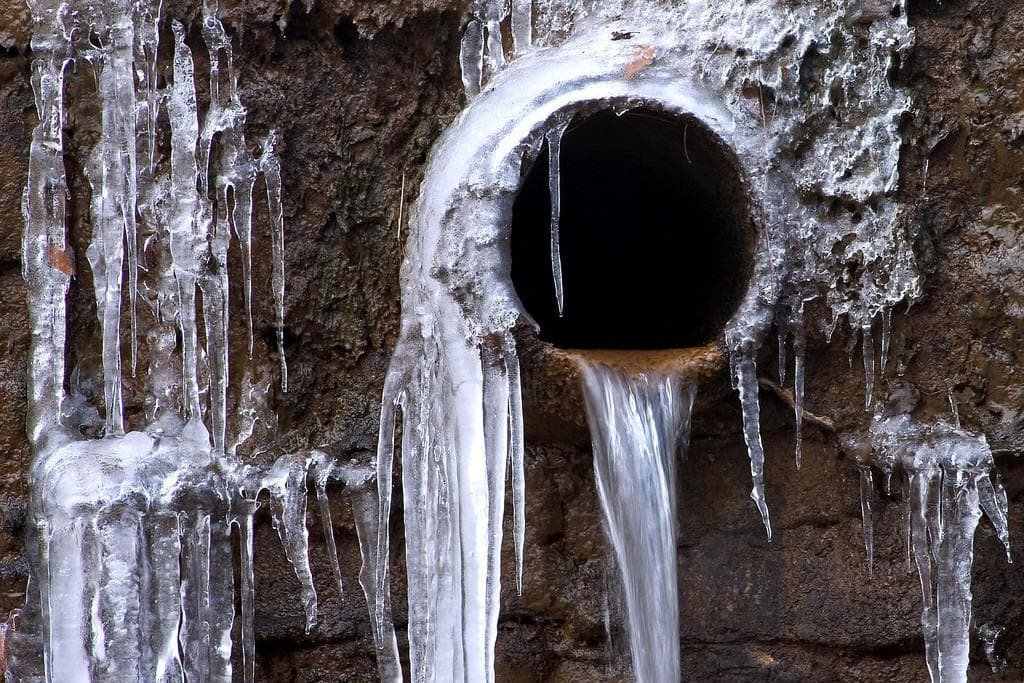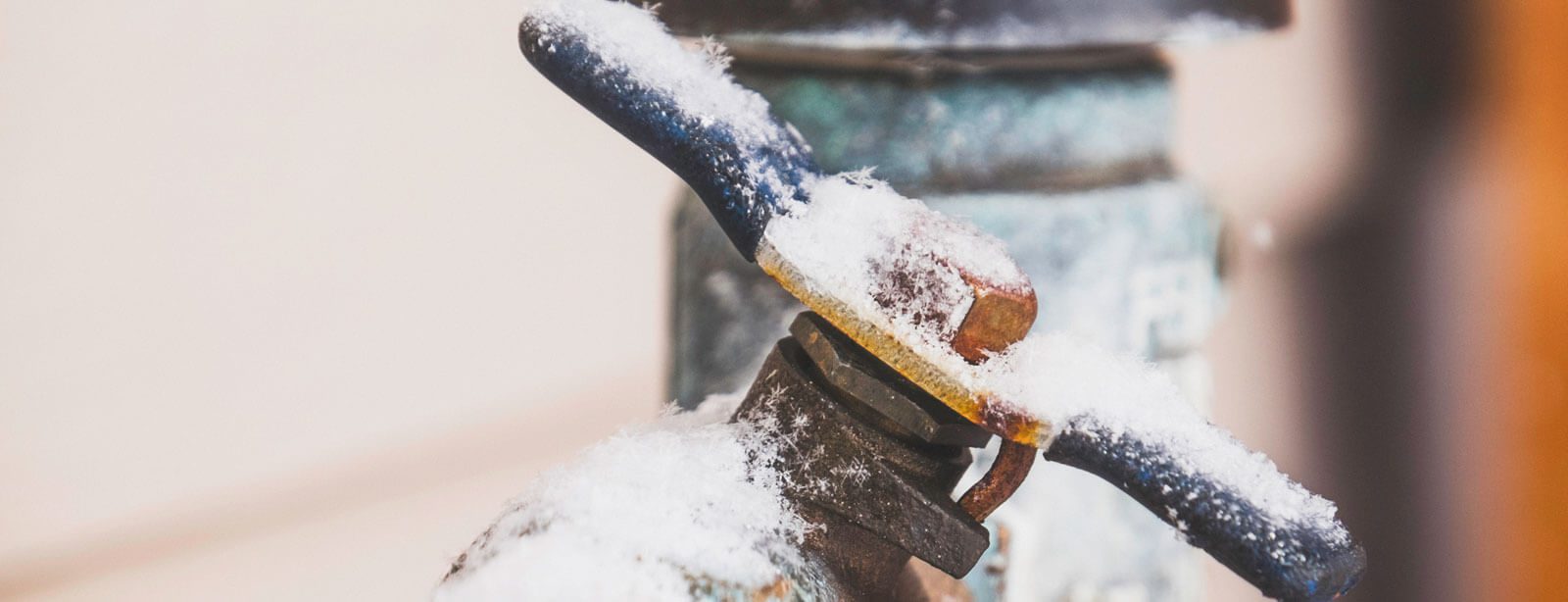What are your thoughts on 6 Ways to Prevent Frozen Pipes?

Winter can damage your plumbing, especially by freezing pipelines. Right here's just how to prevent it from taking place and what to do if it does.
Introduction
As temperatures decline, the risk of frozen pipes rises, possibly resulting in expensive fixings and water damage. Comprehending exactly how to stop icy pipelines is crucial for property owners in chilly environments.
Recognizing Icy Pipelines
What triggers pipelines to freeze?
Pipes freeze when exposed to temperatures below 32 ° F (0 ° C) for extended durations. As water inside the pipelines ices up, it broadens, taxing the pipe walls and possibly causing them to burst.
Dangers and problems
Frozen pipes can cause water supply disruptions, building damages, and expensive repair work. Burst pipelines can flooding homes and create considerable structural damage.
Signs of Frozen Pipes
Identifying frozen pipes early can prevent them from bursting.
How to identify icy pipes
Seek lowered water circulation from taps, uncommon smells or sounds from pipes, and noticeable frost on subjected pipes.
Prevention Tips
Protecting prone pipelines
Wrap pipelines in insulation sleeves or utilize heat tape to shield them from freezing temperature levels. Focus on pipelines in unheated or exterior locations of the home.
Heating methods
Keep interior rooms effectively heated, particularly locations with plumbing. Open up closet doors to enable cozy air to circulate around pipes under sinks.
Securing Outdoor Plumbing
Garden tubes and outdoor faucets
Detach and drain pipes yard tubes before winter season. Set up frost-proof faucets or cover exterior taps with shielded caps.
What to Do If Your Pipelines Freeze
Immediate activities to take
If you believe frozen pipelines, keep faucets available to eliminate stress as the ice thaws. Use a hairdryer or towels soaked in hot water to thaw pipes slowly.
Long-Term Solutions
Architectural modifications
Take into consideration rerouting pipelines far from outside wall surfaces or unheated locations. Include additional insulation to attic rooms, basements, and crawl spaces.
Upgrading insulation
Purchase premium insulation for pipes, attics, and walls. Proper insulation aids preserve consistent temperature levels and minimizes the risk of frozen pipes.
Verdict
Avoiding frozen pipes requires proactive measures and fast actions. By understanding the reasons, indications, and preventive measures, homeowners can protect their pipes during winter.
6 Proven Ways to Prevent Frozen Pipes and Protect Your Home
Disconnect and Drain Garden Hoses
Before winter arrives, start by disconnecting your garden hoses and draining any remaining water. Close the shut-off valves that supply outdoor hose bibs and leave the outdoor faucet open to allow any residual water to drain. For extra protection, consider using faucet covers throughout the colder months. It’s also important to drain water from any sprinkler supply lines following the manufacturer’s directions.
Insulate Exposed Pipes
Insulating your pipes is an effective way to prevent freezing. Pipe insulation is readily available at home improvement stores and is relatively inexpensive. Pay close attention to pipes in unheated areas such as the attic, basement, crawl spaces, or garage. Apply foam insulation generously to create a buffer against the cold. You can also wrap your pipes in heat tape or thermostat-controlled heat cables for added warmth.
Seal Air Leaks
Inspect your home for any cracks or openings that could let in cold air. Seal any holes around the piping in interior or exterior walls, as well as the sill plates where your home rests on its foundation. Additionally, make sure to keep your garage door closed unless you’re entering or exiting. Leaving it open creates a significant air leak that can lead to frozen pipes.
Allow Warm Air Circulation
During cold snaps, it’s essential to allow warm air to circulate evenly throughout your home. Leave interior doors ajar to promote better airflow. Open kitchen and bathroom cabinets to help distribute heat consistently around the rooms. If you have small children or pets, be sure to remove any household chemicals or potentially harmful cleaners from open cabinets for safety.
Let Faucets Drip
A small trickle of water can make a big difference in preventing ice formation inside your pipes. When temperatures drop significantly, start a drip of water from all faucets served by exposed pipes. This continuous flow helps prevent the water from freezing. Additionally, running a few faucets slightly can relieve pressure inside the pipes, reducing the chances of a rupture if the water inside does freeze.
https://choateshvac.com/6-proven-ways-to-prevent-frozen-pipes-and-protect-your-home/

I was introduced to that editorial about Prevent Frozen Pipes from an acquaintance on our other domain. If you please pause to distribute this blog if you liked it. I enjoy your readership.
Call Today